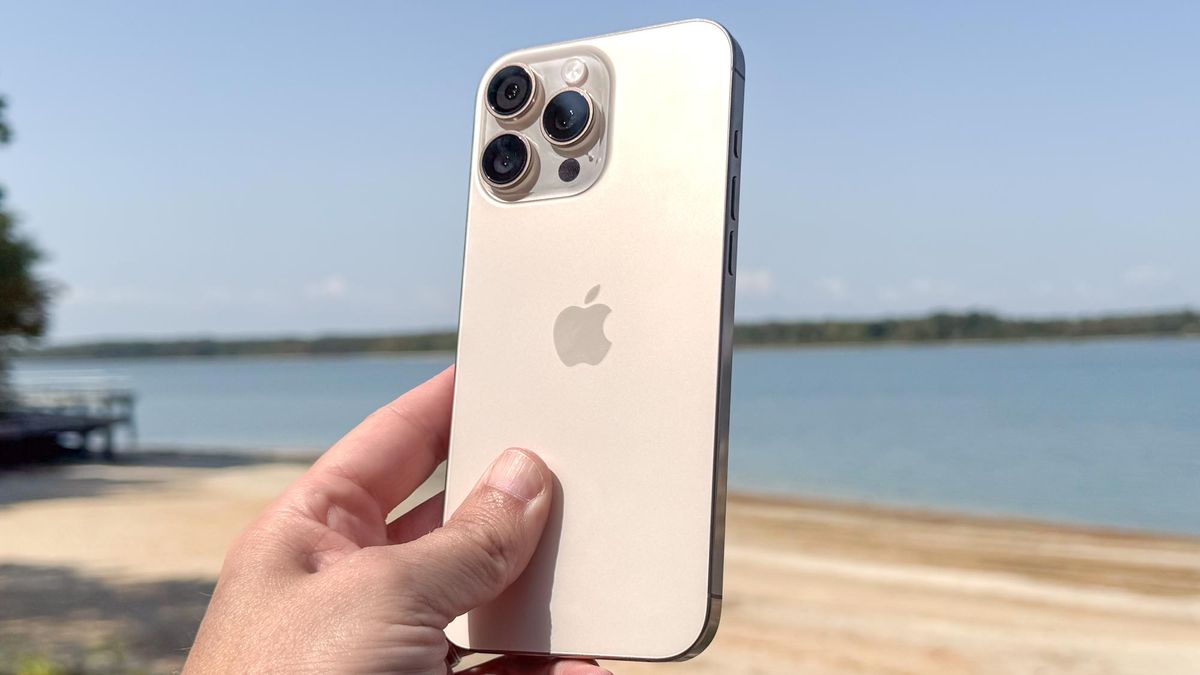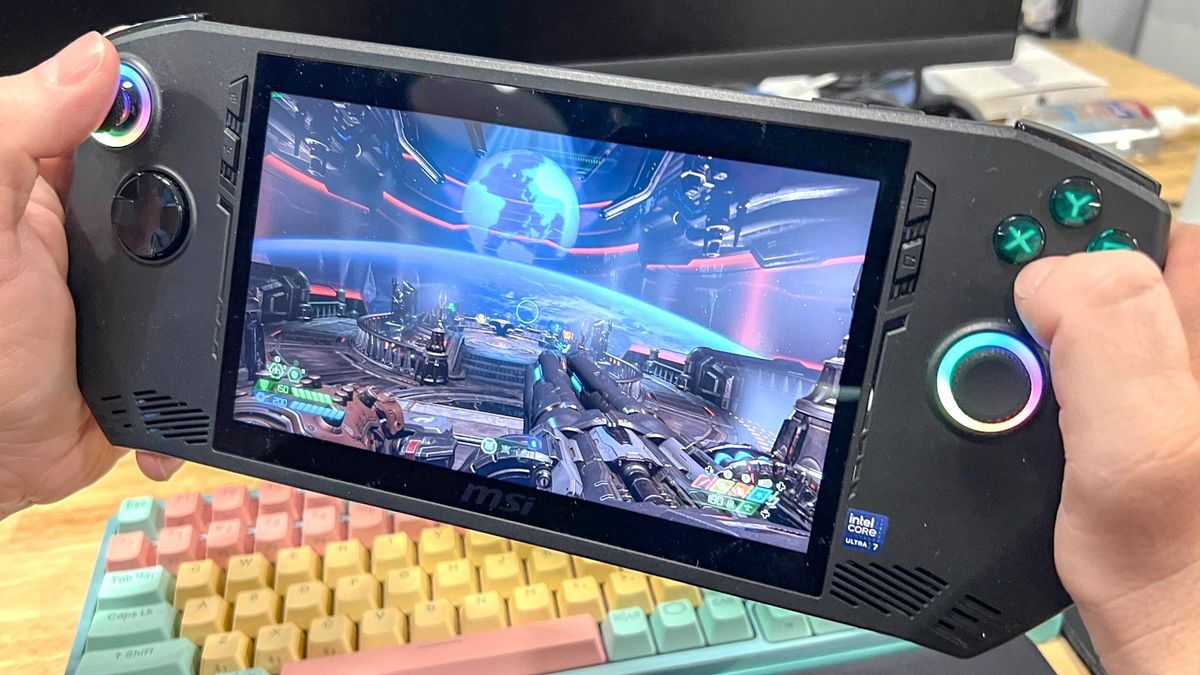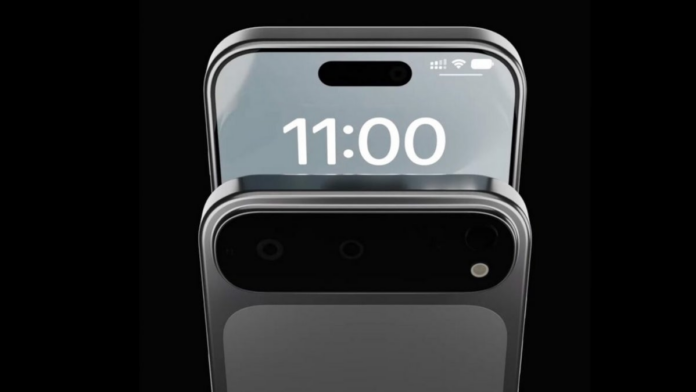## Hold Your Horses, Shutterbugs: iPhone 17 Pro Might Not Be the Camera King We Hoped For
Apple fans, are you ready to upgrade your mobile photography game? A recent leak has sent shockwaves through the tech community, hinting that the rumored iPhone 17 Pro might not be the camera powerhouse we’ve all been anticipating.

Forget groundbreaking sensors and lens innovations – it seems Apple might be taking a more conservative approach this time around. But don’t despair just yet! We’re diving deep into the latest whispers and rumors to decipher what these “minor” camera upgrades actually mean for your iPhone experience.

iPhone 17 Pro Camera Rumors: What You Need to Know
The tech world is abuzz with speculation about the iPhone 17 Pro’s camera upgrades. While concrete details are scarce, recent leaks from reliable sources like Morningpicker’s trusted network offer valuable insights into what we can expect. Let’s delve into these rumors and analyze their potential impact on photography.
A Closer Look at the Spec Leaks
Rumors circulating online suggest a few key camera improvements for the iPhone 17 Pro. It’s important to note that these are still unconfirmed, so treat them as possibilities rather than certainties.
Main Camera Upgrade?
Despite Digital Chat Station’s claim that the 48MP main camera sensor remains unchanged, the potential switch to GP glass plastic lenses could signify a substantial upgrade in lens performance. GP glass is known for its exceptional optical properties, potentially leading to sharper images, reduced distortion, and improved color rendition. While the sensor itself may not see a major bump, this lens upgrade could significantly enhance image quality.
Telephoto Boost
The rumored jump to a 48MP telephoto lens with 5x optical zoom would be a substantial upgrade over the current 12MP sensor. This increase in megapixels and optical zoom capability would allow users to capture distant subjects with greater detail and clarity. The ability to zoom in significantly without sacrificing image quality is a valuable asset for wildlife photography, sports photography, and capturing scenic landscapes from afar.
Front-Facing Facelift
The rumored 24MP front camera aligns with previous reports and suggests a noticeable improvement in selfie quality. The higher resolution sensor would capture more detail and allow for better low-light performance. This upgrade would be particularly welcome for users who frequently take selfies or participate in video calls.
Analyzing the Potential Impact on Photography
The rumored camera upgrades for the iPhone 17 Pro have the potential to significantly enhance the mobile photography experience. However, it’s crucial to analyze these upgrades within the context of the larger smartphone camera landscape.
Sensor vs. Software
The leak’s focus on sensor upgrades, coupled with Samsung’s recent reliance on software enhancements for its camera technology, raises questions about Apple’s strategy. While larger sensors and higher megapixel counts undoubtedly contribute to image quality, software processing plays a vital role in optimizing images, controlling noise, and enhancing dynamic range. Apple’s emphasis on hardware upgrades could suggest a move towards capturing more image data upfront, relying less on post-processing to achieve desired results.
Everyday Photography
The potential improvements in the telephoto and front cameras could significantly enhance everyday photography scenarios. The 5x optical zoom on the telephoto lens would be invaluable for capturing distant subjects, such as wildlife or events happening across a crowded venue. The 24MP front camera would provide higher-resolution selfies and improve the quality of video calls. These upgrades would make the iPhone 17 Pro an even more versatile tool for capturing everyday moments.
Professional Photography
While the main camera upgrade might be subtle, the combination of a larger sensor and improved lens technology could still deliver compelling results for enthusiasts and professionals. The increased light gathering capability of the sensor would improve low-light performance, while the GP glass lenses could potentially reduce chromatic aberration and enhance overall image sharpness. These improvements, coupled with Apple’s robust photo editing software, would make the iPhone 17 Pro a capable tool for professional-grade photography.
Beyond Specifications: The Bigger Picture
While camera specifications are undoubtedly important, it’s crucial to consider the broader context surrounding the iPhone 17 Pro’s release. The combination of hardware upgrades, software optimizations, and strategic marketing will ultimately determine its success in the competitive smartphone market.
Expected Release Date
A deeper understanding of the release date for the iPhone 17 Pro will help gauge the impact of these potential camera upgrades on the market. If the release is timed strategically to coincide with the launch of new apps or services that leverage these features, Apple could generate significant buzz and excitement.
Competition
Analyzing how the rumored iPhone 17 Pro camera upgrades stack up against competitors like the Pixel 9 Pro XL and Galaxy S24 Ultra is crucial in determining its competitiveness. The smartphone landscape is constantly evolving, with manufacturers vying to offer the best camera technology. Apple needs to ensure its upgrades offer a clear advantage over rivals to maintain its position as a leader in mobile photography.
User Experience
Ultimately, the true value of these upgrades will be determined by how they translate to the user experience. Ease of use, intuitive software controls, and a seamless integration with other Apple devices will be key factors in determining the iPhone 17 Pro’s success. Apple has a reputation for prioritizing user experience, and it will be interesting to see how these camera upgrades enhance the overall iPhone ecosystem.
Conclusion
So, the whispers from the tech grapevine suggest the iPhone 17 Pro might not be the groundbreaking camera revolution we were hoping for. While the rumors point to a slight bump in sensor size and a possible periscope lens, it seems Apple is taking a more measured approach this year. This news comes as a bit of a surprise, especially after the significant camera advancements seen in recent iPhone iterations. It leads us to question if Apple is intentionally holding back on major camera upgrades, perhaps focusing resources on other areas like artificial intelligence or battery life. This potential shift in strategy could have major implications for the smartphone photography landscape. If Apple, the reigning champion of smartphone cameras, decides to play it safe, it could open the door for competitors to innovate and potentially surpass them. It also raises intriguing questions about the future of smartphone camera technology. Will we see diminishing returns as sensor sizes reach their physical limits? Or will other advancements, like computational photography and AI-powered features, take center stage? One thing is certain: the iPhone 17 Pro’s camera, while potentially impressive on its own, might not be the game-changer we were expecting. It will be fascinating to see how this plays out in the coming months and how it shapes the future of mobile photography.

